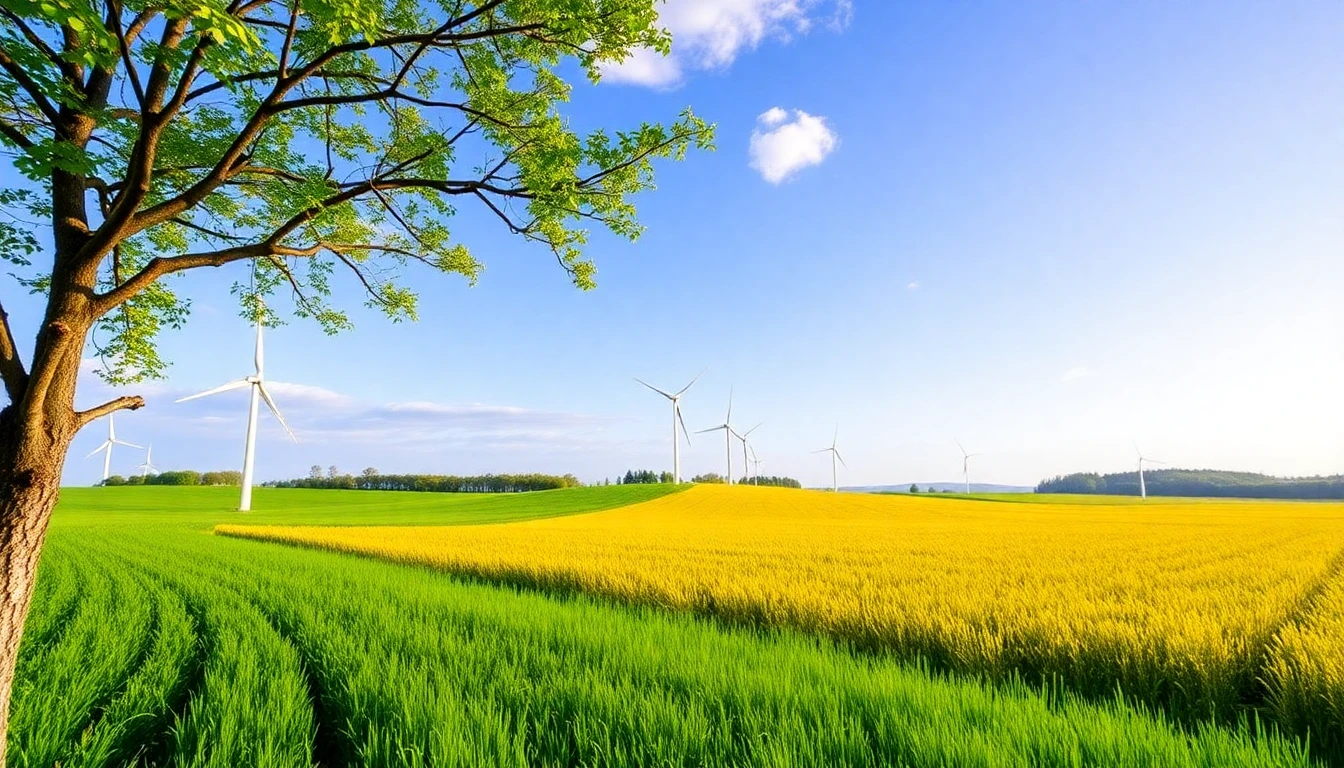
As Europe diligently pursues its ambitious green goals, a recent wake-up call highlights the pressing challenges that accompany this noble initiative. With aspirations of leading the world in the fight against climate change, Europe’s grand plans face several hurdles that could stymie progress. The complexities of transitioning towards a sustainable future are becoming increasingly apparent as Europe's economic and political landscapes evolve.
The European Union has set its sights on a comprehensive decarbonization strategy aimed at achieving climate neutrality by 2050. This ambitious agenda is designed to overhaul every aspect of life on the continent, from how energy is generated to how products are manufactured and consumed. However, the implementation of these objectives is revealing significant flaws in existing infrastructure, financial constraints, and varied levels of commitment from member states.
Among the primary challenges is the energy sector, with its dependence on fossil fuels still deeply entrenched. Despite substantial investments in renewable energy sources, such as wind and solar power, the transition is not progressing as swiftly as anticipated. Energy security concerns, compounded by geopolitical tensions, add another layer of complexity to Europe’s green transition.
Moreover, the recent economic headwinds that have swept across Europe pose additional difficulties. Inflationary pressures and concerns of economic recession could constrain public and private investment essential for the transition. Policymakers are now tasked with balancing fiscal discipline with the need to spur sustainable growth, all while maintaining public support for green policies that might affect jobs in traditional industries.
Political will across different countries remains inconsistent, further complicating the push for uniform environmental standards. Some governments are more committed than others, leading to disparities in policy implementation across the bloc. This uneven dedication underscores the challenges in achieving a collective European environmental goal while maintaining economic cohesion.
The social aspects of this tectonic shift cannot be underestimated. Public sentiment varies considerably, with rural and urban populations reacting differently to the costs and benefits of green policies. This divergence in perception could influence the political landscape, potentially swaying commitments and policy frameworks depending on electoral landscapes within member nations.
On a brighter note, these challenges are not necessarily insurmountable. They highlight the need for innovative solutions and stronger collaboration among governments, industries, and communities. With technology evolving rapidly, there are promising opportunities for advancements that could bolster Europe's capacity to achieve its climate objectives. From enhanced grid infrastructure to energy-efficient technologies, the potential for positive change exists.
Europe stands at a critical juncture. It must address these salient issues head-on if it is to maintain its leadership role in global environmental efforts. The path forward requires resilience, adaptability, and a robust political framework that effectively balances ecological priorities with economic realities.
#EuropeGreenGoals #ClimateAmbitions #SustainabilityChallenges #EnergyTransition #EUClimatePolicy #RenewableEnergy #GreenInfrastructure #EconomicImpact #EnvironmentalLeadership
Author: Sophie Bennett




